BACKGROUND
In parallel with the development of the P51 "Mustang" in response to the British Purchasing Commission's requirement, North American and Supermarine worked together on a version which would serve on the British carriers, as a much needed replacement for some of the ageing open-cockpit biplanes still serving witht the Fleet Air Arm.
The cooperation was a success; North American's engineers, who were responsible for the great Mustang design, were complemented by Supermarine's experience with Schneider Trophy racers and, of course, the Spitfire. The requirements were many; the airplane should be comfortable in as many roles as possible. At the very least, it should be able to serve as a fighter as well as a (dive) bomber and attacker and -if at all possible- should be able to carry a torpedo as well, although the latter requirement was a nice-to-have rather than an absolute must.
The result was the "Seahorse", basically a slightly stretched Mustang airframe with the ability to seat a crew of 2 in a very cramped cockpit, and powered by a Rolls Royce Griffon driving two contra-rotating propellers.
ARMAMENT
In its several roles, the Seahorse can be equipped with a variety of armament. For this particular build;
- 4x 12.7 mm Browning machine guns in the wings
- 37 mm M4 autocannon with 30 H-ET round magazine, firing through the propeller hub
- 12x 5" FFAR's
- a single 500 kg general-purpose bomb
FLYING
Planes that are designed to do everything will rarely excel at anything -and the Seahorse is no exception. It could have been a great fighter, but because of its "multirole" design is outclassed by many other, more specialized planes.
Taking off with a full complement of weapons is a tricky business. The plane would have benefited from a tricycle landing gear, but was designed as a typical taildragger instead. Don't use full throttle to accelerate on takeoff; give it some flaps and elevator trim and go with 50% throttle, using the rudder to keep the plane going straight on the deck or runway. Just before rotating, throttle up to 100%.
In flight, there are few surprises; the plane will handle like a brick until it has released some or all of its weapons load, but will then turn into a quite nimble, properly quick fighter.
Landing, again, can be challenging -experiment with throttle and flaps for best results.
Controls:
- AG1 drops all the FFAR's without firing them
- AG2 for the landing hook
- VTOL down for flaps
- Trim slider for elevator trim
Happy hunting!
Specifications
Spotlights
- MAHADI 5.4 years ago
General Characteristics
- Predecessor (Fictional only) Battle of Midway Challenge
- Created On Windows
- Wingspan 36.5ft (11.1m)
- Length 33.1ft (10.1m)
- Height 12.7ft (3.9m)
- Empty Weight 7,024lbs (3,186kg)
- Loaded Weight 9,695lbs (4,397kg)
Performance
- Power/Weight Ratio 1.39
- Horse Power/Weight Ratio 0.206
- Wing Loading 28.8lbs/ft2 (140.8kg/m2)
- Wing Area 336.2ft2 (31.2m2)
- Drag Points 1927
Parts
- Number of Parts 644
- Control Surfaces 0
- Performance Cost 2,152

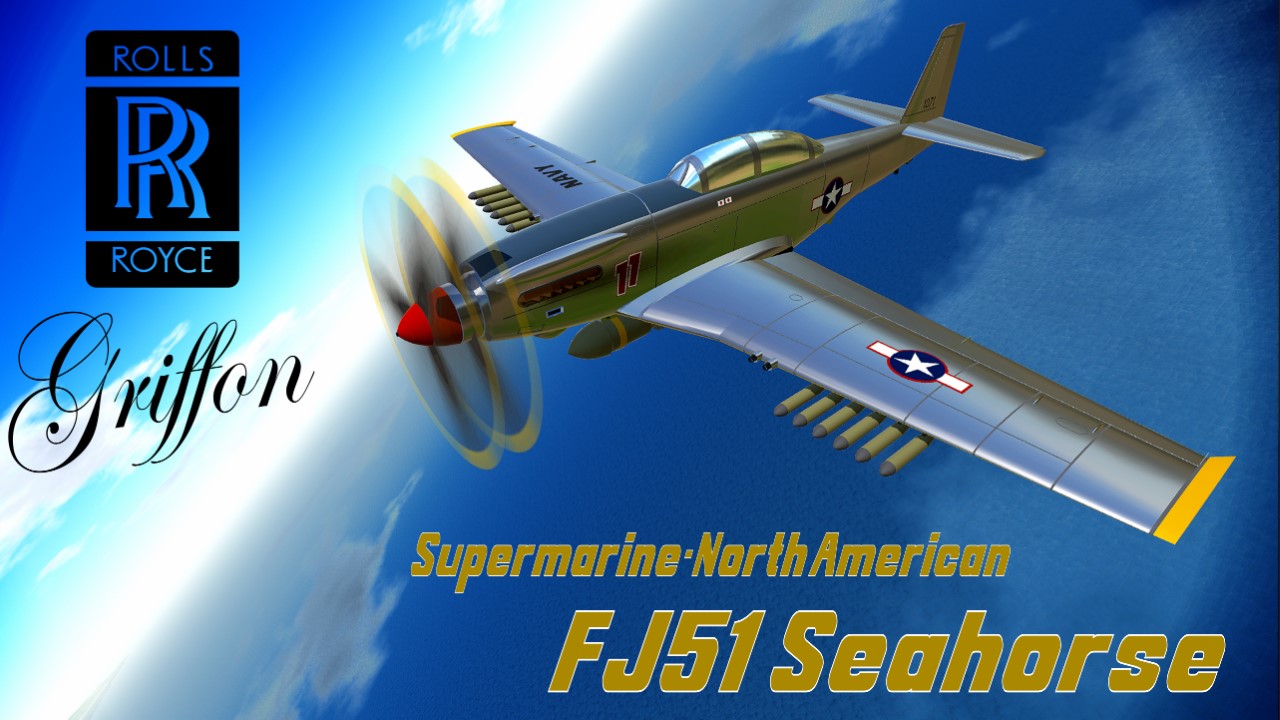
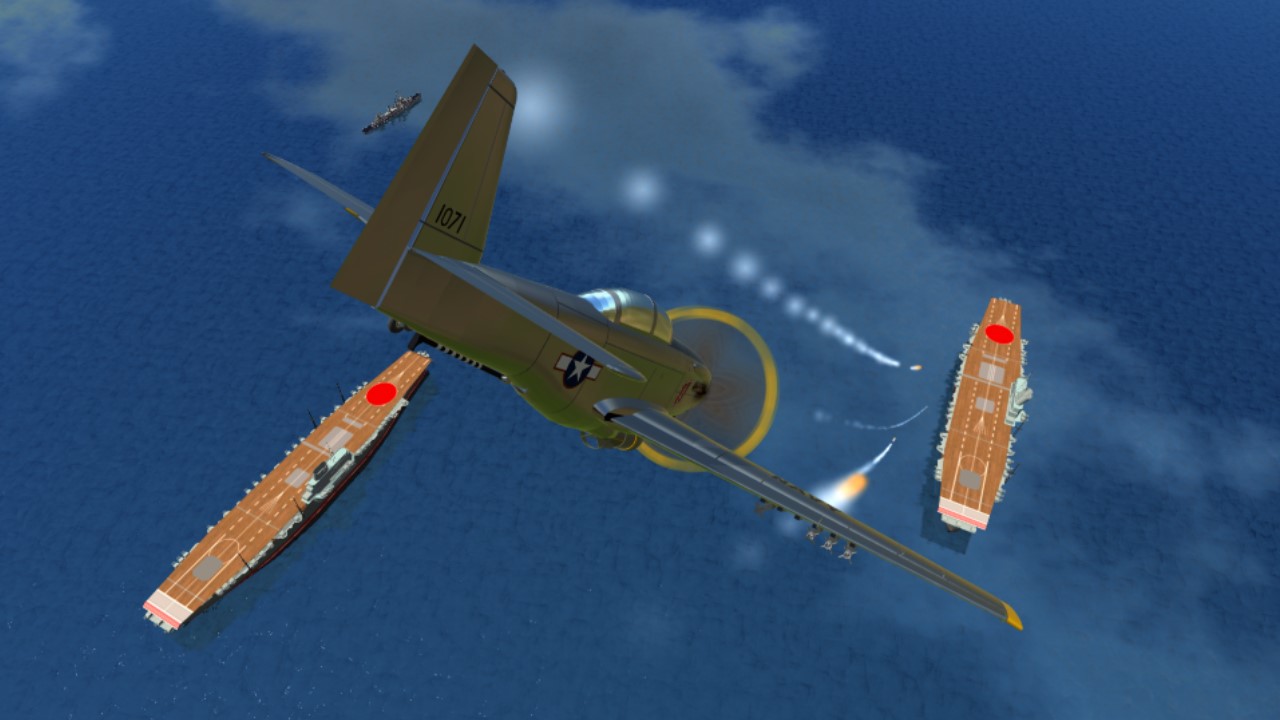

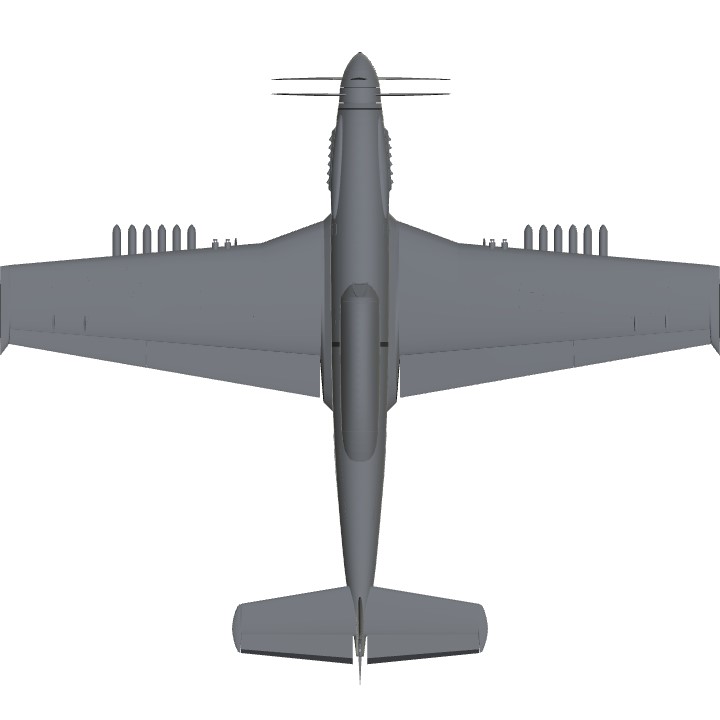
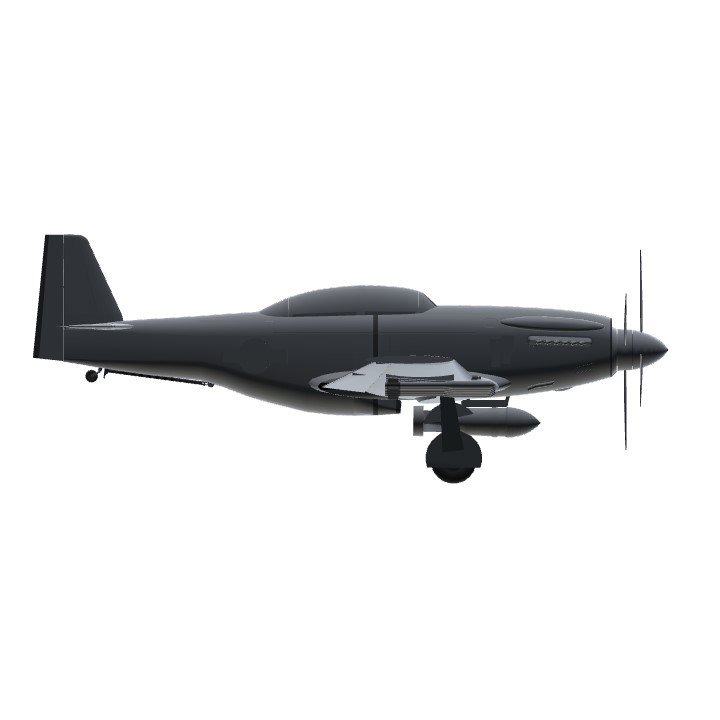
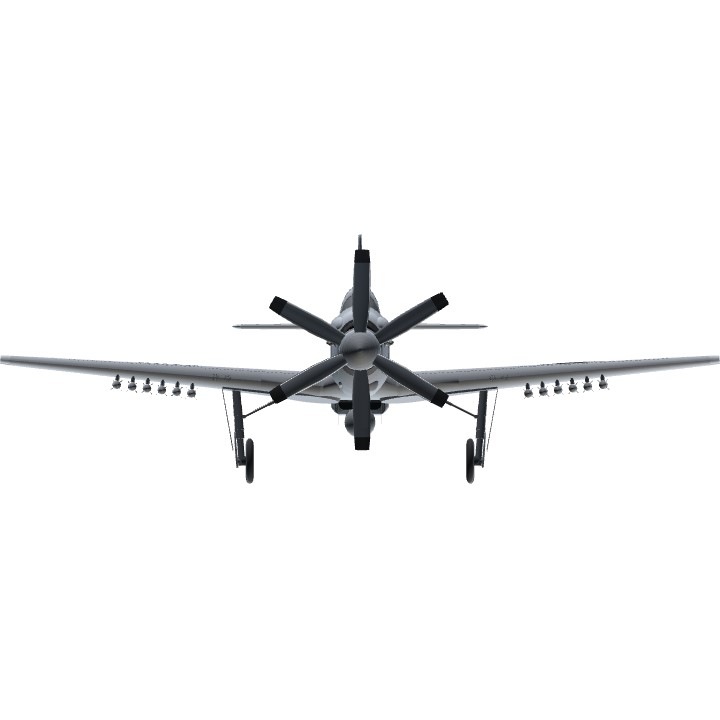
It's nice, but tilts to to the left. (can you fix that?)
Total 39.9
Ratings
9.9/10 Aesthetics. Love it, although 0.1 points deducted because horizontal stabilizer wingtip is a but rough
5/5 Weaponry Realism. Self explanatory
5/5 Marketing. Love the thumbnail
(August 3rd, suggested by Bearclaw) 20/20 Resemblance to real aircraft (will it work in real life?) Good work, especially on the drag points etc
@AcePilot118 Mhm.
@MajorSix the seafire first flew in 1942 and it used a griffon engine, so it’s basically a more American version of the seafire
Edit: I just realized that I’m about 2 months late
@SimplyPlain I can’t tell weather you’re being serious or sarcastic, so I’m just gonna quietly lmao over in this corner.
@MajorSix yeah, go figure... a '39 engine in a '42 plane. Pure magic.
Nice plane though.
Just one question: WTF IS A GRIFFON DOING IN A PLANE FROM 1942!?
Nice! A plane from the American side